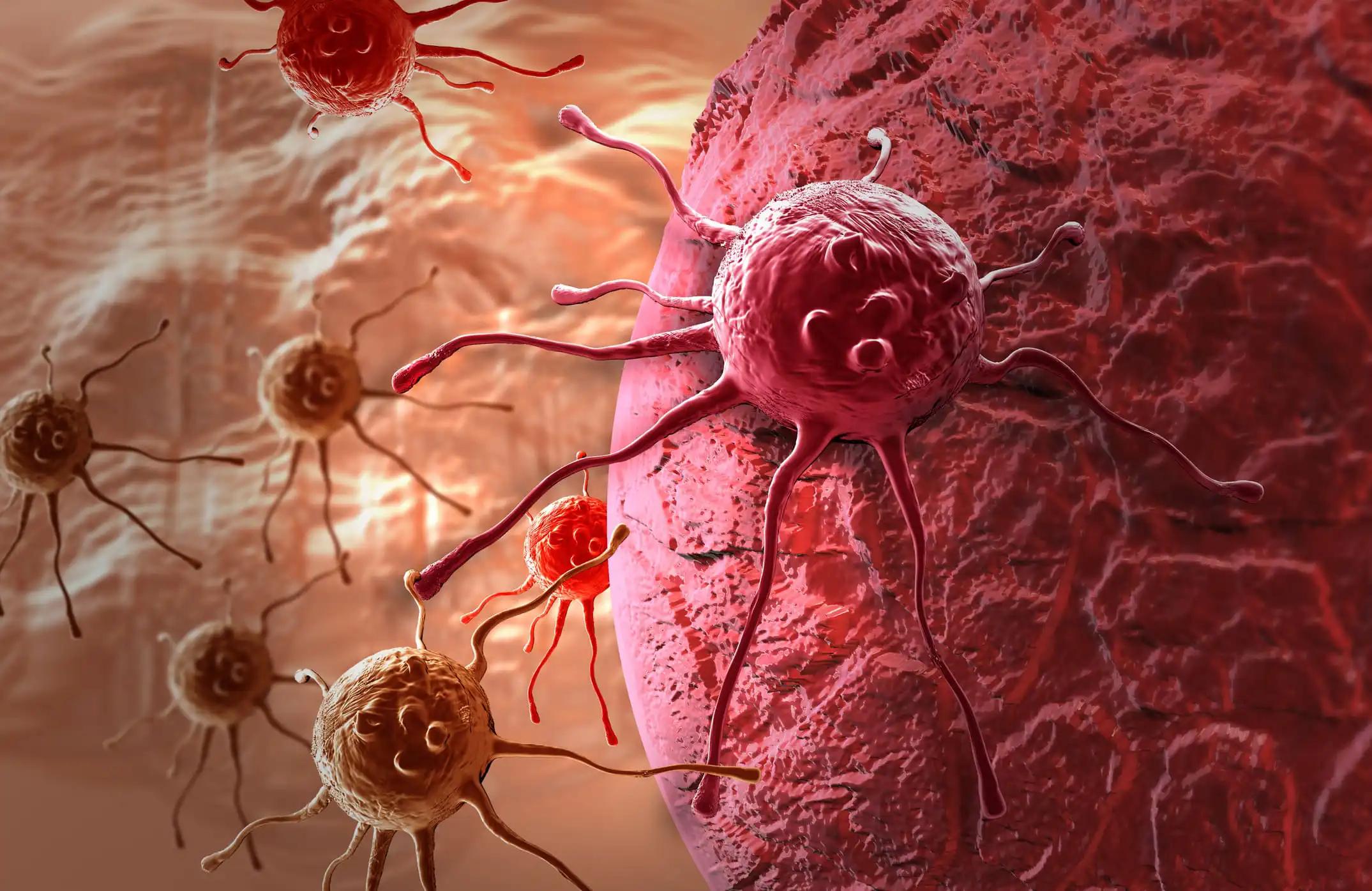KEY TAKEAWAYS
- The study aimed to enhance comprehension of MB’s complex biology by creating novel patient-derived culture models with the requisite data, which remains imperative.
- The results revealed insights into growth, pathology, and molecular traits.
Medulloblastoma (MB), an aggressive brain cancer of the cerebellum in children, shows a wide range of outcomes in terms of prognosis.
Shizun Wang and the team aimed to develop novel patient tumor-derived culture models for MB to enhance understanding of its complex biology.
The study involved the continuous passage of PUMC-MB1 in vitro to establish a continuous cell line. In vitro, growth was assessed using the Cell Counting Kit-8 (CCK-8), while in vivo growth was evaluated through subcutaneous and intracranial xenograft models. Histopathological examination of xenografts was conducted using Hematoxylin and Eosin (HE) staining and immunohistochemistry (IHC).
Additionally, molecular features were explored using Whole Genome Sequencing (WGS), targeted sequencing, and RNA sequencing. Bioinformatics analysis guided the validation of PUMC-MB1’s drug sensitivity both in vitro and in vivo.
The results revealed that PUMC-MB1, originating from a high-risk MB patient, exhibited a population doubling time (PDT) of 48.18 hours and achieved full tumor growth in SCID mice within 20 days. HE staining and Immunohistochemical examination of the original tumor and xenografts confirmed PUMC-MB1 as a classic MB.
WGS unveiled concurrent amplifications of MYC and OTX2. RNA-seq data categorized PUMC-MB1 within the Group 3 MB subgroup, while WHO classification placed it in the Non-WNT/Non-SHH MB group. Comparative analysis with D283 and D341med revealed 4065 differentially expressed genes, particularly enriched in the PI3K-AKT pathway.
Notably, cisplatin, 4-hydroperoxy cyclophosphamide/cyclophosphamide, vincristine, and dactolisib (a selective PI3K/mTOR dual inhibitor) significantly hindered PUMC-MB1 proliferation in vitro and in vivo.
The study comprehensively characterized PUMC-MB1, a new Group 3 (Non-WNT/Non-SHH) MB cell line, regarding its growth, pathology, and molecular traits. Remarkably, dactolisib exhibited potent anti-proliferative effects with minimal toxicity, offering a promising avenue for therapy. PUMC-MB1 holds potential as a valuable tool for elucidating MB mechanisms and devising innovative treatment approaches.
Funding was provided by the CAMS Innovation Fund for Medical Sciences.
Source: https://link.springer.com/article/10.1007/s11060-024-04655-w
Wang, S., Zhang, D., Wang, J., et al. (2024). “PUMC-MB1 is a novel group 3 medulloblastoma preclinical model, sensitive to PI3K/mTOR dual inhibitor.” J Neurooncol (2024). https://doi.org/10.1007/s11060-024-04655-w



